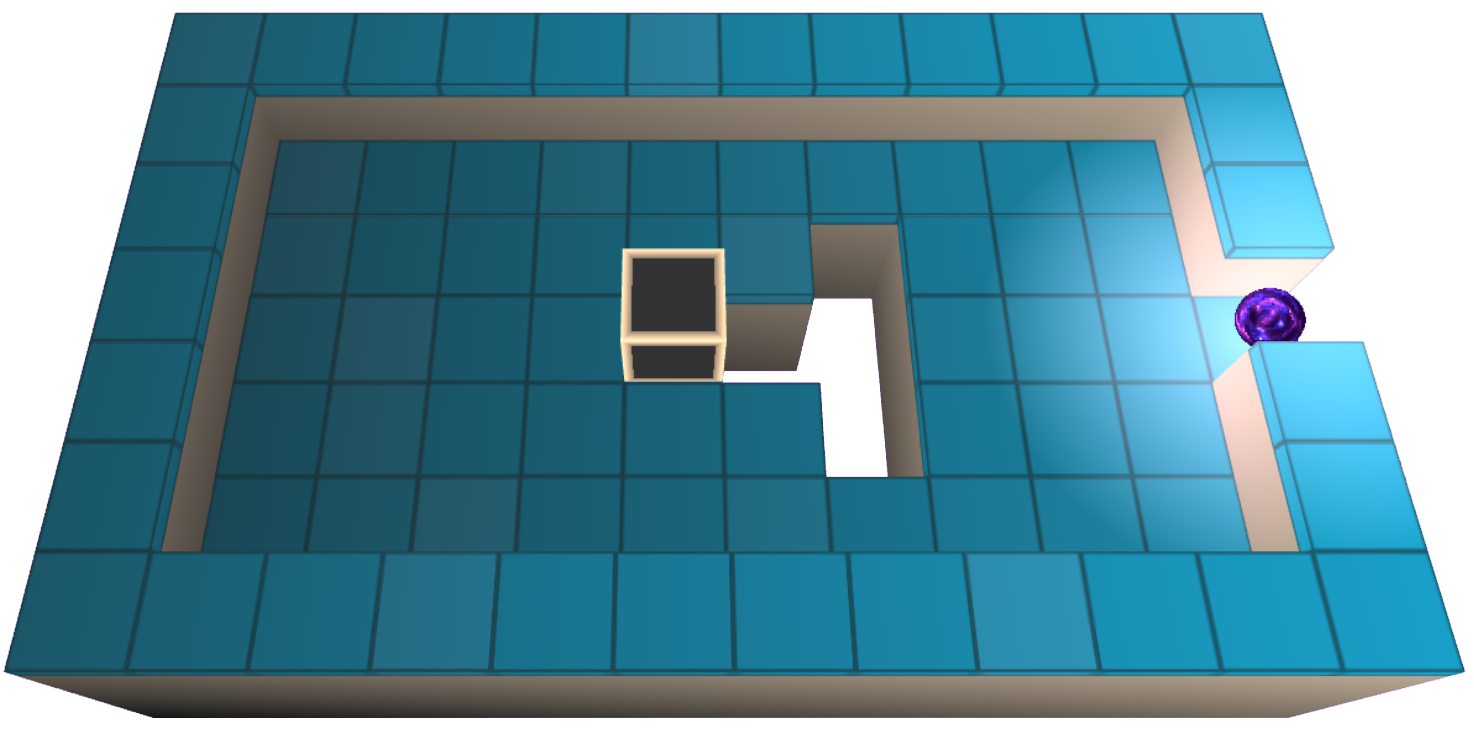HashMap em Java
Na discussão de hoje, abordaremos o Java HashMap com exemplos , que se destinam a atender às necessidades de aprendizado de nossos alunos
Java HashMap
Você aprendeu no capítulo ArrayList que os arrays contêm itens em uma coleção ordenada que pode ser acessada por números de índice ( ints ).
No que diz respeito aos Java HashMaps , o Hashmap armazena os itens em grupos de pares “ chave/valor ” e você pode acessá-los por um tipo de dados de índice em vez de usar apenas int (por exemplo, String ).
A chave (índice) de um objeto é usada para acessar o valor de outro objeto.
Existem dois tipos de dados que ele pode armazenar: chaves de string e valores de caractere, ou o mesmo tipo, como chaves de string e valores de string.
Crie um objeto HashMap e nomeie-o como sports_players para armazenar chaves de String e valores de String :
import java.util.HashMap; // HashMap class is imported here
HashMap<String, String> sports_players = new HashMap<String, String>();
Crie um objeto HashMap e nomeie-o como rank_Id para armazenar chaves de String e valores de String:
import java.util.HashMap; // HashMap class is imported here
HashMap<Integer, Integer> rank_Id = new HashMap<Integer, Integer>();
Java HashMap Put()
Existem muitos métodos úteis na classe HashMap . Você pode usar o método put() para adicionar itens a ele, por exemplo:
Declare um objeto HashMap e nomeie-o como sports_players para armazenar chaves de string como nome de esportes e valores de string como nome de jogador famoso.
Example:
Da mesma forma, inicializamos um objeto HashTree que armazena classificação como chaves e Id como valor:
Example:
Java HashMap Get()
Quando discutimos Java HashMap , o método get() e a chave são usados para acessar valores em um HashMap.
Example:
Outra Abordagem:
Example:
Java HashMap Remove()
Usando o método remove() , remova um item referenciando sua chave.
O exemplo abaixo mostra a remoção de Key (“ Team 4 ”) avaliado como Cleveland Cavaliers.
Hashmap remove Example: 1
Example: 2
Usando o método clear() , você pode remover todos os itens do objeto HashMap:
Example:
Aqui limpamos todo o HashMap usando o método clear() :
Example:
Tamanho do HashMap
O método size() pode ser usado para descobrir quantos itens existem no HashMap:
Example:
Example:
Percorrer um HashMap
Um loop for-each percorre os itens de um HashMap.
Lembre-se: Se você quiser apenas as chaves, use o método keySet() e, se quiser apenas os valores, use o método values() .
Os exemplos a seguir mostram como podemos imprimir todas as chaves do HashMap usando o método keySet() :
Example: 1
Example:2
Da mesma forma, também podemos percorrer e imprimir os valores do HashMap usando o método values() :
Example:3
Imprimimos as chaves e valores do objeto nomeado como odd_Even do HashMap:
Example:4
Da mesma forma, também podemos imprimir ambos ( Chaves e valores ) de uma vez usando o método keySet() e o método get() :
Example:5
Example:6
Outros tipos
Na verdade, existem objetos que compõem as chaves e os valores de um HashMap. Objetos do tipo “ String ” e “Integer” foram usados nos exemplos acima. Strings são objetos em Java (não tipos primitivos).
Se quiser acessar outros tipos , como int , você precisará especificar uma classe wrapper equivalente: Integer.
Quando se trata de outros tipos primitivos , use Boolean para boolean, caractere para caractere, double para double, etc.
Para armazenar chaves Integer e valores String , criamos um objeto HashMap chamado silent_letter_words:
Example:
Além disso, também podemos imprimir o nome das pessoas como chaves e seus pesos corporais como valor , conforme mostrado abaixo:
Example:
